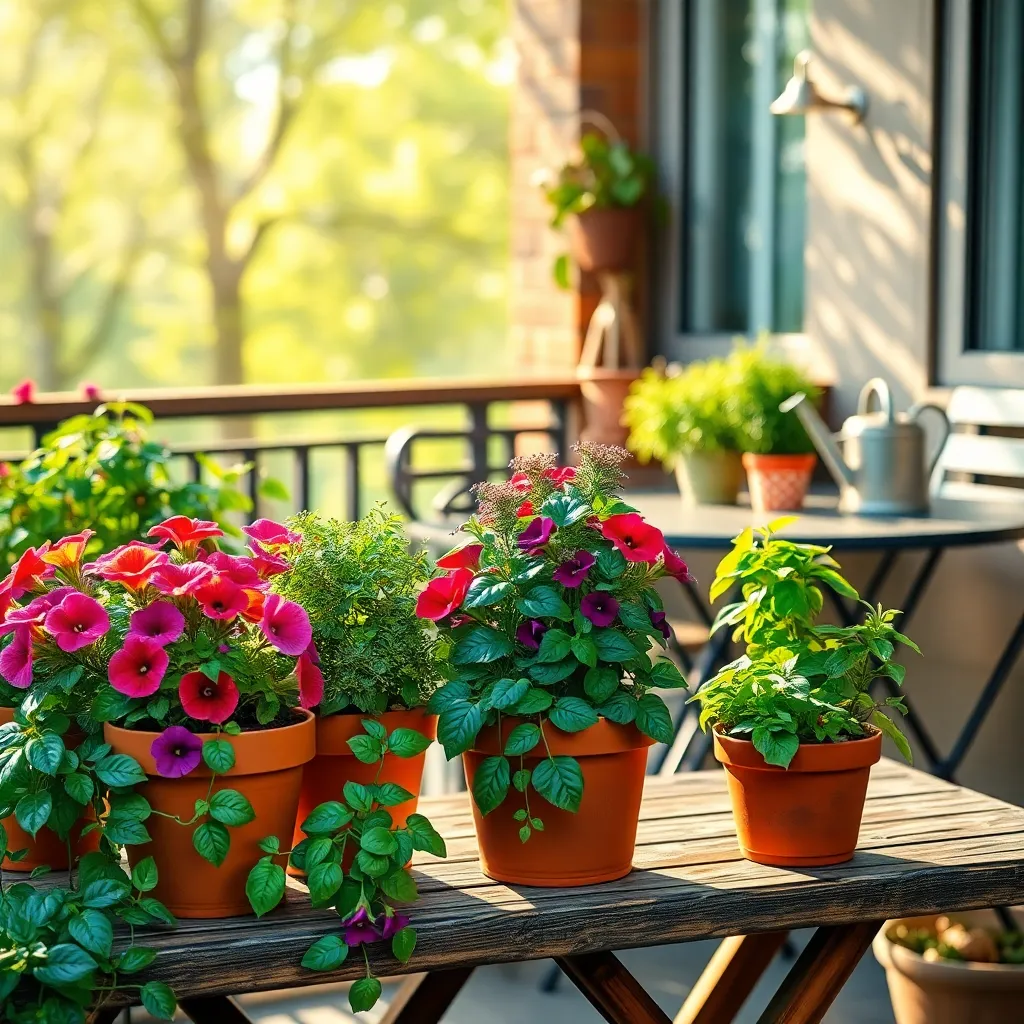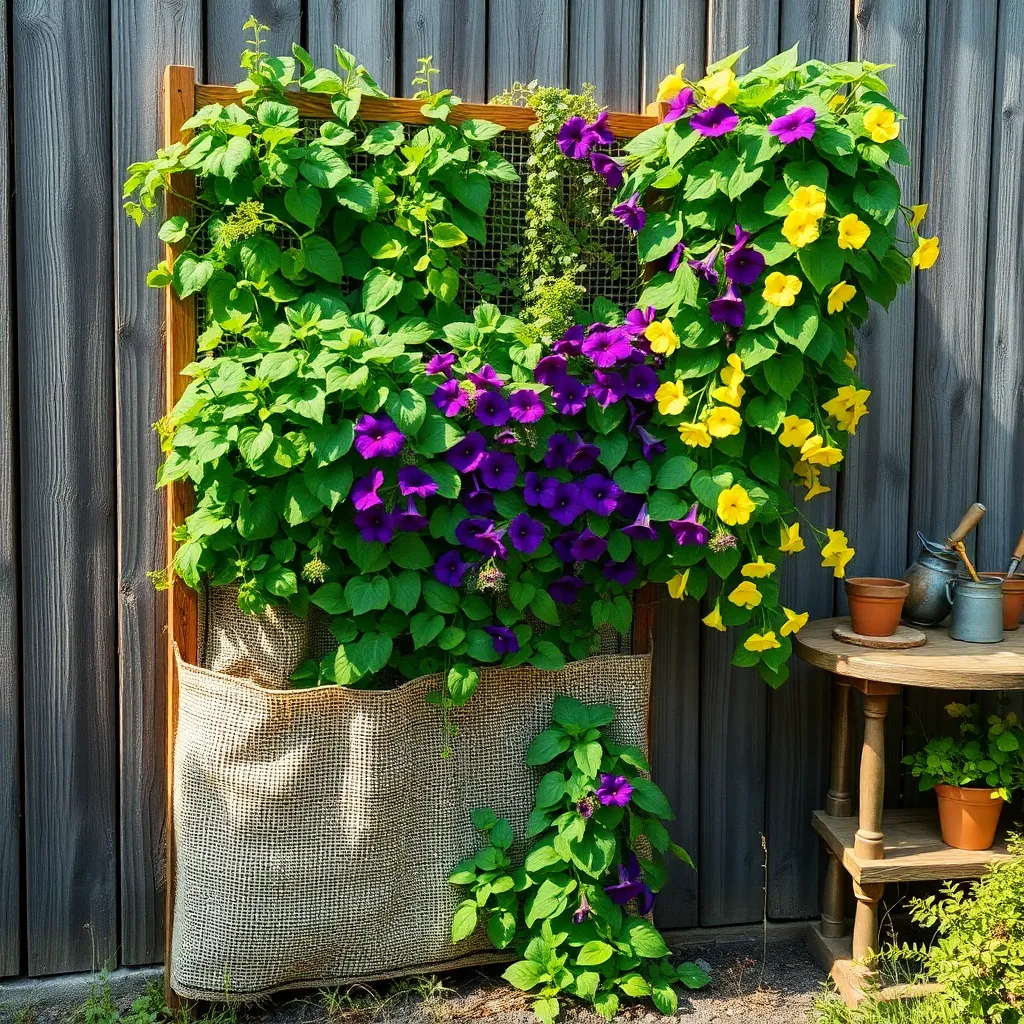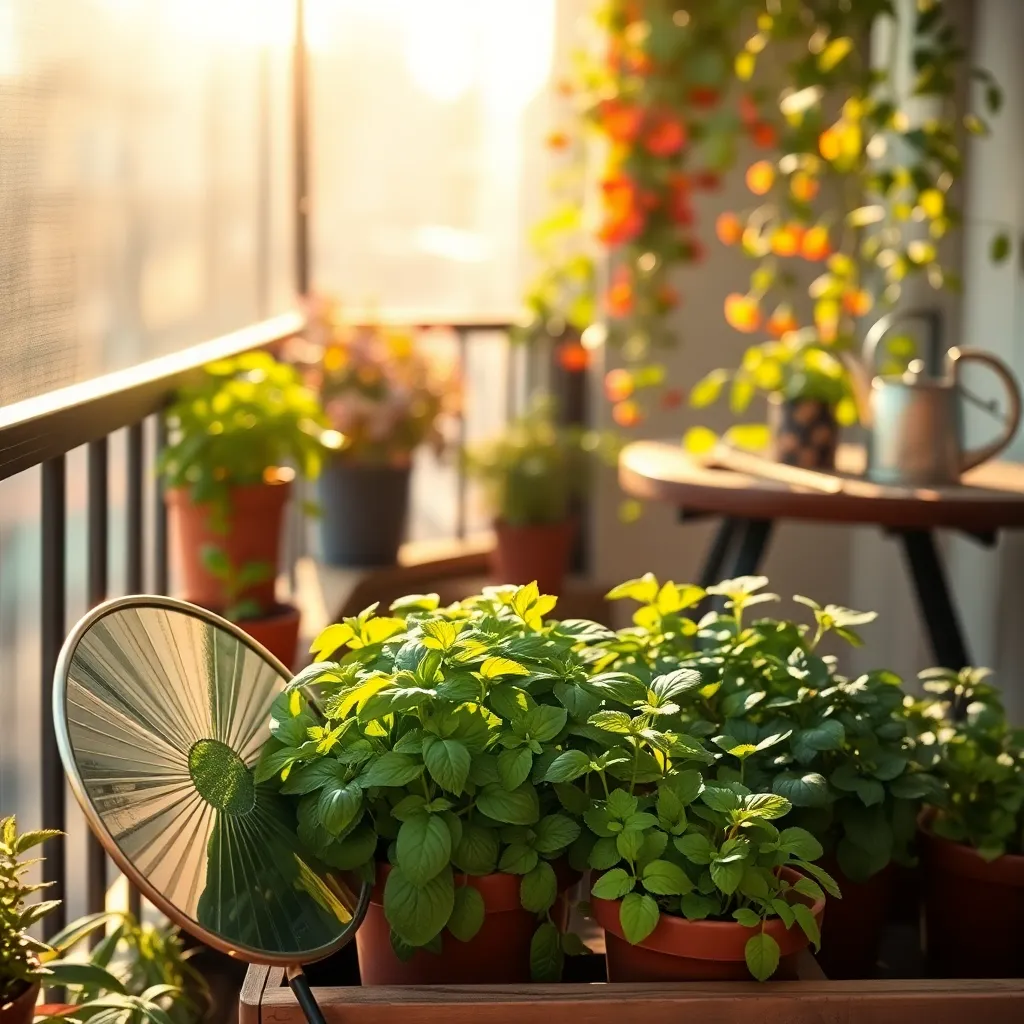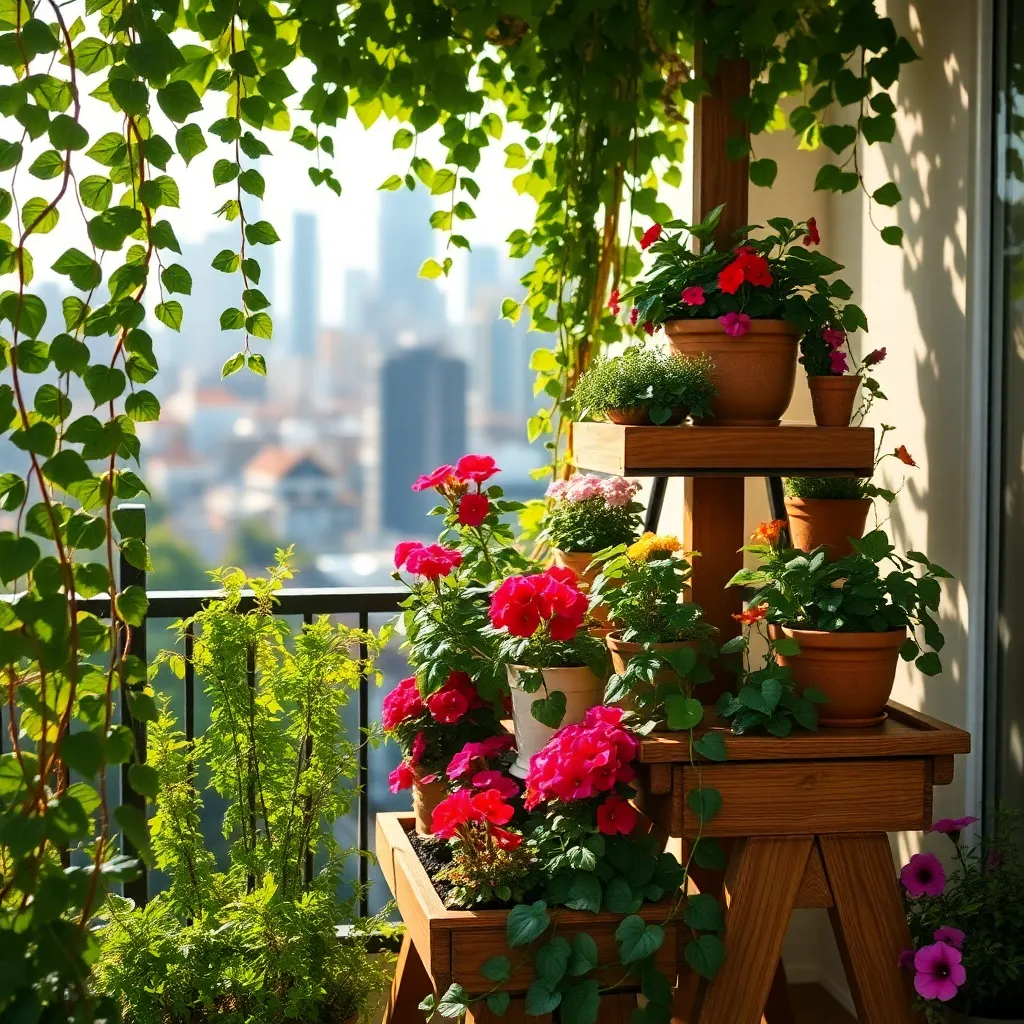Gardening in small spaces is like crafting a miniature masterpiece, where every plant, pot, and corner is an opportunity for enchantment. Whether you’re a budding green thumb or a seasoned gardener seeking new challenges, “Simple Gardening Ideas for Small Spaces” is your gateway to transforming limited areas into lush, thriving sanctuaries. This guide is brimming with creative ideas that prove you don’t need a sprawling backyard to experience the joy and satisfaction of successful gardening.
Within these pages, you’ll discover innovative techniques tailored for compact environments, making it possible to nurture your green dreams no matter the size of your plot. From vertical gardens that climb skywards to container gardens that burst with life, this book offers practical solutions that bring beauty and bounty to your doorstep. With each idea, you’ll gain confidence in your ability to cultivate vibrant, healthy plants, ensuring that your small space becomes a personal oasis of growth and tranquility.
Choose Compact Container Plants

Choosing the right compact container plants is crucial for maximizing small spaces effectively. Opt for plants that are naturally petite and have a compact growth habit, such as herbs like thyme and chives, or vegetables like radishes and lettuce.
Ensure your chosen containers have adequate drainage to prevent root rot, which is a common issue in confined spaces. You can use a well-draining soil mix, such as a combination of peat moss, perlite, and vermiculite, to keep the plants healthy.
For those with a bit more experience, consider experimenting with vertical gardening using compact varieties. Install wall-mounted planters or tiered shelves to expand your growing area without taking up valuable ground space.
When it comes to watering, remember that container plants dry out faster than those in the ground. Check moisture levels daily and water accordingly, ensuring the soil is consistently moist but not waterlogged.
Utilize Vertical Garden Systems

Maximize your gardening space by incorporating vertical garden systems, making the most of small areas. These systems allow you to grow a variety of plants, from herbs to flowers, without taking up valuable ground space.
Start by selecting a suitable location with adequate sunlight, as most vertical gardens thrive in conditions with at least six hours of sun daily. Ensure the structure of your vertical system is sturdy and can support the weight of the plants as they grow.
Choose lightweight soil mixtures that retain moisture yet provide good drainage. A combination of peat moss, vermiculite, and perlite is ideal for most vertical setups, as it supports root development while preventing waterlogging.
Watering can be challenging in vertical gardens; hence, consider installing a drip irrigation system to maintain consistent moisture levels. This not only conserves water but also ensures even distribution, reducing the risk of overwatering.
Maximize Light with Reflectors

Maximizing light with reflectors is a smart strategy for small space gardening. By using reflective surfaces, you can enhance the amount of sunlight your plants receive, optimizing their growth even in limited spaces.
Start by placing reflective materials, such as aluminum foil or white-painted boards, around your plants. These materials bounce light back onto your plants, effectively increasing the light exposure without needing additional light sources.
When setting up your reflectors, position them to capture and redirect sunlight during peak hours, typically mid-morning to early afternoon. This technique is particularly useful for indoor gardens or balconies that face away from the sun.
For a more advanced approach, consider using mirrors or specialized horticultural reflectors. These can significantly boost light levels by directing more sunlight to the undersides and shaded parts of your plants.
Incorporate Multi-Tiered Plant Stands

Multi-tiered plant stands are an excellent solution for those looking to add more greenery without occupying too much space. These stands allow you to stack plants vertically, making the most of your limited area while creating a visually appealing display.
When selecting plants for your tiered stand, consider those that thrive in similar light conditions to ensure consistent growth. For beginners, starting with succulents or herbs is a great choice, as they generally require less maintenance and can adapt well to varying light levels.
Position your plant stand near a window to maximize natural light exposure, which is crucial for healthy plant growth. If natural light is limited, consider investing in a small grow light to ensure your plants receive adequate light throughout the day.
Watering can be simplified by grouping plants with similar moisture needs together. Use a well-draining soil mix to prevent waterlogging, which is particularly important for plants on the lower tiers that might receive excess water runoff.
Opt for Dwarf Varieties

Choosing dwarf varieties is an excellent way to maximize your gardening space. These compact plants are bred specifically to thrive in smaller areas, making them perfect for balconies, patios, and small gardens.
When selecting dwarf plants, consider vegetables like dwarf tomatoes or herbs such as basil and thyme. These plants not only save space but also save time with their faster growth and earlier harvest compared to their full-sized counterparts.
For flowering plants, dwarf varieties like impatiens or marigolds can add vibrant colors without overwhelming your limited space. Ensure they receive adequate sunlight; most dwarf flowers require at least 4-6 hours of sun daily to bloom optimally.
Advanced gardeners might explore dwarf fruit trees, such as Meyer lemon or dwarf apple trees, which can even thrive in containers. Use a well-draining potting mix and fertilize regularly, as container-grown trees need more nutrients than those planted in the ground.
Conclusion: Growing Success with These Plants
As we wrap up our exploration of ‘Simple Gardening Ideas for Small Spaces,’ we’ve uncovered five key relationship concepts that parallel the nurturing nature of gardening: cultivating patience, fostering growth, balancing space, embracing change, and celebrating small victories. Each of these principles not only enhances your green spaces but also enriches your relationships, reminding us that attention and care can flourish even in the smallest areas.
To take immediate action, choose one concept to focus on today—perhaps practicing patience by listening more attentively to your partner or creating a small shared project that encourages mutual growth. This small step can make a significant difference in your relational dynamic.
Remember to bookmark this article so you can revisit these concepts whenever you need a gentle reminder of the parallels between gardening and nurturing your relationships. By integrating these simple yet profound practices into your daily life, you are planting the seeds for a thriving and resilient partnership.
Looking ahead, embrace the journey of continuous growth and discovery in your relationships. With intentional effort and care, you can cultivate a love that blossoms beautifully, even in the smallest spaces.

